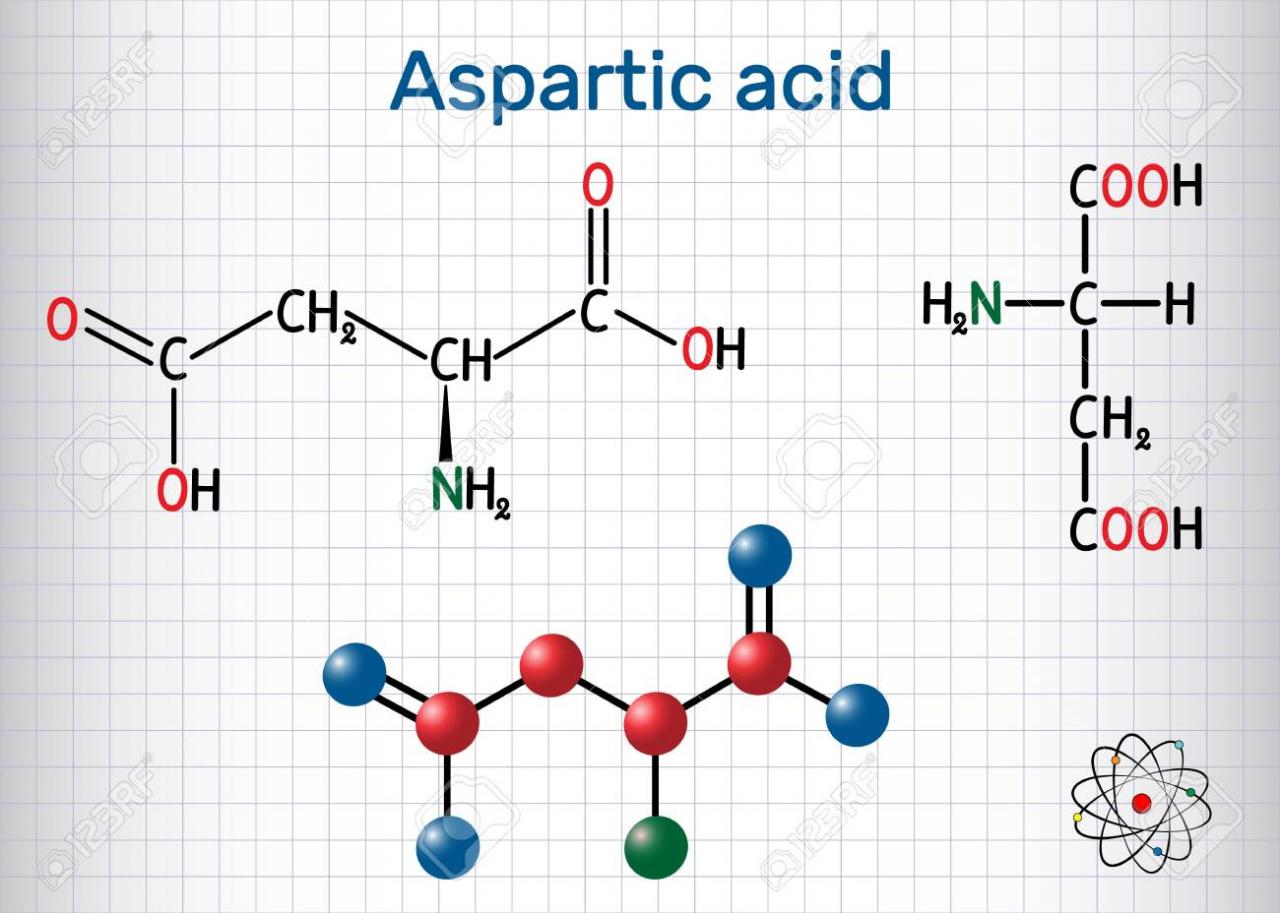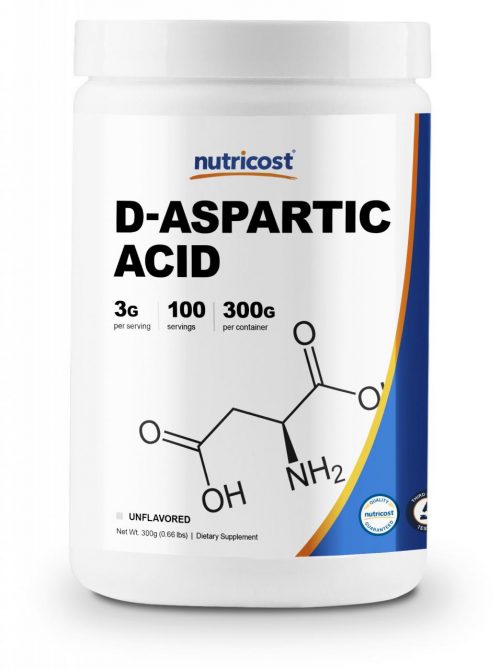
Who hasn’t heard of the isomeric form of L-asparagine? It is currently a hit in the sports supplement market. It has a specific metabolism associated with a group of receptors in the frontal lobe of the brain, which is converted to N-Methyl-D-Aspartate or NADA. And all these complicated names, just to say that it raises luteinizing hormone, gonadotropin and follicle-stimulating hormone. Easier? It raises testosterone and muscle and strength grow. But it can cost you brain cells.
“More testosterone ! Well, why didn’t you start with that?”
Well, to understand that it is complicated and that something can always go wrong. What? NADA receptors in the brain are responsible for a delicate activity in human behavior – operant conditioning. It is a process that allows us humans to adapt spontaneously to changes in the environment.
The receptors in question reward us with a sense of success, of interest when we do something like humans. What happens if they stop working? Alzheimer’s or another disease of the central nervous system begins.
Does it surprise you? D-aspartic acid has been known for at least fifty years, as has its tendency to kill NADA receptors by overexcitation.
Is the benefit-risk ratio greater today than it was half a century ago? Read everything and decide for yourself.
What is D-aspartic acid?
D-asparagine, sometimes spelled D-asparagine / D-aspartate, is an amino acid, a spatial isomer of L-asparagine. Aspartate is called carboxylated ions, salts or esters of the acid.
The left form of the amino acid is one of the twenty protein-forming amino acids and is found in almost all proteins, including the human body.
What you need to know about D-aspartame?
The right or “D” form is metabolized mainly to N-Methyl-D-aspartate, a substance that stimulates NADA receptors in the brain, similar to the effect of glutamate (monosodium glutamate ), but to a lesser extent.
The uniqueness of these NADA receptors is that they are related to the plasticity of brain synapses and memory capabilities of the brain, having a connection with learning and extracting “emotional feedback” with a positive result, ie. from quality adaptation.
The downside of these receptors is that they are destroyed when overexcited, and D-aspartate, like glutamate, leads to such excitotoxicity.
What is it used for and what are the health benefits?
D-aspartate and its analogues D-sodium aspartate and N-Methyl-D-aspartate perform tasks of neurotransmitters and neuromodulators. They also stimulate the production of signal and enzyme proteins in nerve cells.
In the endocrine system, D-aspartate is associated with hormonal regulation. Increases levels of luteinizing hormone, gonadotropin and follicle-stimulating hormone. Also a stimulant for the production of enzymes , which in turn stimulate growth in the production of testosterone.
How does D-aspartate work?
D-sodium aspartate is known to increase the levels of two secondary signaling proteins: cAMP and cGMP.
- cAMP is secreted in the testes, in the liding cells and stimulates the production of testosterone with up to 30% growth, as well as progesterone;
- cGMP is secreted into pituitary cells and leads to increased production of luteinizing hormone, prolactin and growth hormone.
- in the hypothalamus, D-aspartate improves the release of gonadotropin-releasing hormone (GnRH), induces the release of oxytocin and vasopressin matrix RNA synthesis.
The way D-aspartate works in the different cells in which it enters is by leading to the synthesis / activation of critical proteins that perform signaling and enzymatic functions. Such are the proteins: StAR, cAMP, cGMP.
A problem with increased testosterone is the enzyme aromatase. It quickly converts excess testosterone into estrogen. This means that taking D-aspartate alone in the absence of aromatase blockers would be meaningless.
It appears that the intake of the amino acid itself leads to an increase in aromatase production.
Proven benefits in humans:
- Increases the production of testosterone and luteinizing hormone. (2)
- It leads to an increase in aromatase synthesis due to increased testosterone, but direct stimulation by D-aspartate has also been suggested in separate in vitro studies. (2)
Proven benefits in laboratory animals and cell cultures:
- Increases prolactin production – human studies are at an early stage, but similar / identical effects are expected in rats. (1)
- Increases the production of growth hormone and gonadotropin-releasing hormone – human studies are needed, confirmed in rodents. (1)
- Increases progesterone production. (1)
- Stimulates gaba release , inhibits dopamine release, increases luteinizing hormone-releasing hormone and alpha-melanocyte-stimulating hormone. (4)
Unproven claims:
- Permanent increase in testosterone levels – there is a decrease in samples 3 days after cessation of intake, ie. the aromatase has done its job. (1)
 Are there any known side effects and contraindications to taking D-aspartate?
Are there any known side effects and contraindications to taking D-aspartate?
D-aspartate and its chemical analogues are excitotoxins, similar to monosodium glutamate (MSG) and aspartame (E951), because they use a common mechanism of action – overstimulation of NMDA receptors.
Upon reaching the overstimulation in question, cell death of the affected nerve cells is observed. (3)
People with a familial predisposition to neurodegenerative diseases should avoid taking excitotoxins.
Who and in combination with what should not take D-aspartic acid?
D-aspartic acid should not be taken by pregnant women, infants and lactating women, children and adolescents.
The risk of excitotoxicity increases in proportion to the amounts of ingestion of the toxic agent, as well as in proportion to the age of the recipients.
They should not be taken by people with neurodegenerative diseases and predispositions.
What doses are recommended and how is it taken?
The only scientifically confirmed dose in humans is 10 ml of 2.0 M sodium D-aspartate (3.12 g / 10 ml), taken with vitamins: B6, B12 and folic acid for a period of 12 days.
In which sports and health supplements can we find it?
D-aspartic acid is a hit among hormonal stimulants, libido and fertility stimulants. It is usually combined with aromatase inhibitors, B vitamins and other testosterone-stimulating agents.
Combined products are already available on the market: hormonal stimulants in combination with nitric oxide precursors and energy ( creatine ).
Alas, none of them have been written about the dangerous excitotoxic side effects. However, you are already aware. The choice is yours.
![3D model: Aspartic acid. .95 [buy, download]](https://camadian-pharmacya.com/wp-content/uploads/2021/06/VbSYt2vjf3AYacICxArCV4LfMD1s_kc4AwxFOj2kMhWWtQjWCv_equaUnY300Uzn8JlaABRkzvuBJakroTP0c-W-fXOUJms_xO4kmg5FbE1w9NIXaA1jpw.jpg)

